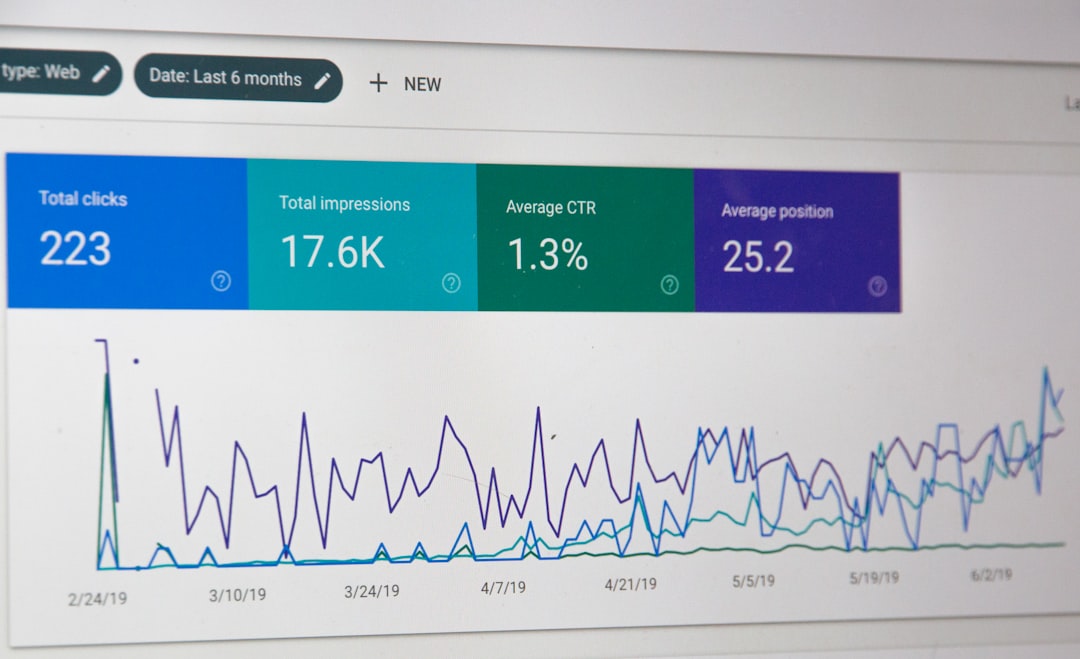
Why Your Website Isn’t Converting – And How AI Can Fix It Overnight
Your website may look professional, load quickly, and even attract a decent level of traffic — but if it’s not converting, then it’s not doing its job. A sleek design without meaningful results is like a storefront without a cash register. This is an issue that plagues countless businesses. Fortunately, recent advancements in Artificial Intelligence are offering a solution that can transform your underperforming website literally overnight.
Contents
Common Reasons Your Website Isn’t Converting
Before exploring how AI can fix conversion issues, it’s critical to understand why your website may be struggling. Some of the most common reasons include:
- Poor User Experience (UX): If your navigation is confusing or the layout lacks intuitiveness, visitors won’t stay long or engage.
- Generic Messaging: A vague or broad value proposition fails to connect with your specific target audience.
- Slow Load Times: Even a few extra seconds of load time can drastically reduce the likelihood of a user taking action.
- Ineffective Calls to Action (CTAs): Weak, hidden, or unclear CTAs can sabotage an otherwise solid page.
- Inconsistent Design: A lack of visual cohesion can signal a lack of professionalism and trustworthiness.
Each of these issues can be hard to detect and fix using traditional methods. This is where AI steps in, offering precision, speed, and customization that human teams alone can’t match.
How AI Can Transform Conversion Rates
AI-driven tools can analyze user behavior, test different layouts, and personalize content in real-time. These technologies don’t just collect data — they act on it, often delivering highly effective improvements without human intervention. Here are a few ways AI can provide immediate results:
1. Personalized User Experiences
AI can detect who your visitors are — from geographic location to on-site behavior — and adapt the content dynamically. A visitor from New York browsing during lunch, for example, may see a different headline or offer than someone from London visiting after hours.
This sort of micro-targeting leads to increased engagement and a much higher likelihood of conversion.

2. Predictive Analytics and Behavior Modeling
Using past user data and advanced modeling, AI can predict what a visitor is most likely to do next. It can spot red flags that signal when someone is about to bounce, then intervene with solutions like pop-up offers, chatbots, or altered CTAs to keep them engaged.
3. Automated A/B Testing
Traditional A/B testing takes time and manual oversight. AI-powered A/B testing tools, on the other hand, can launch multiple variations simultaneously, interpret the data in real-time, and automatically adopt the version that performs best. This vastly accelerates the optimization process.

4. Chatbots that Convert
Modern AI chatbots are far more than virtual receptionists. They guide visitors through the buyer journey, answer questions instantly, and capture leads around the clock. Unlike their scripted predecessors, today’s AI chatbots understand context and nuance, offering human-like engagements that actually help users convert.
Proven Results from Real Businesses
Businesses that have adopted AI-driven tools often report remarkable improvements. Case studies have shown:
- Up to 300% higher conversion rates after implementing AI personalization technology.
- 60% decrease in bounce rates after AI-based UX optimization.
- 50% increase in lead capture using adaptive AI chatbots.
These are not isolated cases. Recent trends suggest that AI is not only effective — it is becoming essential for businesses competing in the digital landscape.
Implementing AI on Your Website
Getting started with AI integration doesn’t have to be overwhelming. Here are a few steps to begin your journey:
- Identify your pain points: Where are users dropping off? What sections are underperforming?
- Choose the right AI tools: Options like Dynamic Yield, Drift, or Adobe Sensei offer robust solutions for personalization, analytics, and chat automation.
- Monitor and iterate: AI is powerful, but its output improves further with feedback and strategic human oversight.

Final Thoughts
If your website isn’t converting, the issue might not lie in your traffic — it likely lies in how visitors experience and interact with your content. AI offers a fast, scalable, and highly effective way to bridge that gap. By optimizing user experience, personalizing content, and automating testing and engagement, AI doesn’t just fix conversion issues — it transforms them into growth opportunities.
In a digital world where user attention is fleeting and competition is fierce, standing still means falling behind. With AI, your website can adapt instantly — and start delivering the results you need overnight.
